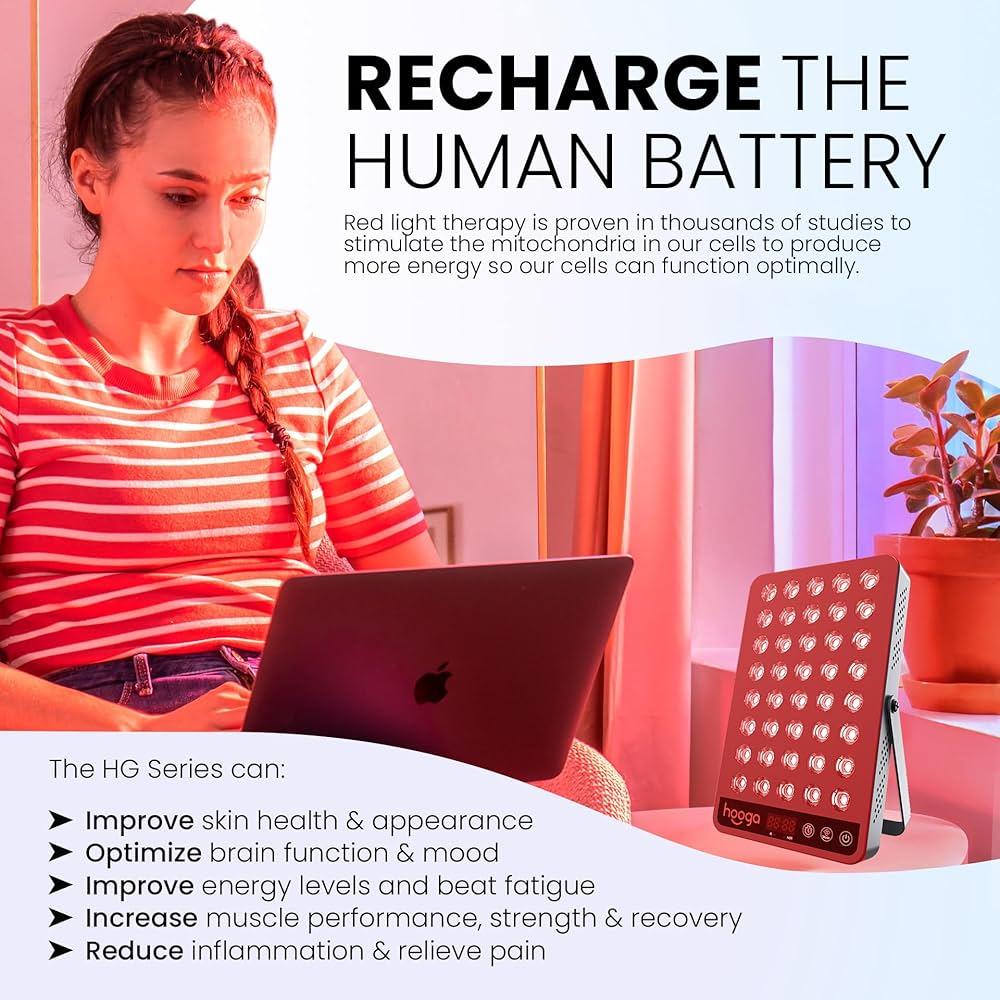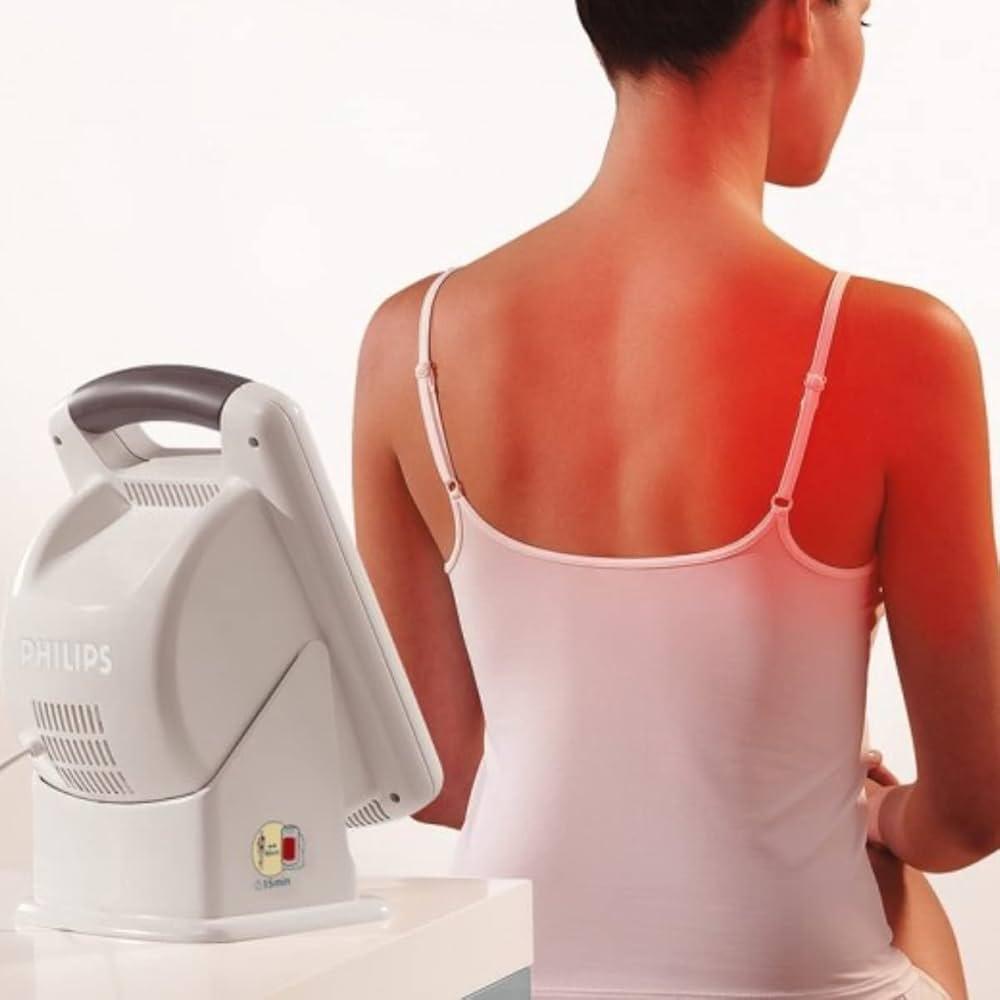In the ever-evolving landscape of beauty tech and smart home integration, a fascinating new contender has emerged: smart mirrors with light therapy. These devices promise to transform your daily routine, offering more than just a reflection. But as a leading product evaluator for Glow Pulse Therapy, my mission is to cut through the hype. Is this innovative piece of tech a genuinely revolutionary tool that will redefine personal care, or simply an overpriced novelty, a fleeting trend in the smart home sphere? Let’s dive deep into the world of smart mirrors with integrated light therapy to determine if they’re a true game-changer or just an elaborate gimmick.
Smart mirrors equipped with light therapy combine advanced digital display technology with targeted LED light spectrums, aiming to enhance everything from your makeup application to your skin health. These aren’t your grandmother’s vanity mirrors; they are sophisticated hubs designed to offer personalized experiences. My initial hands-on experience suggests a product with significant potential, but the devil, as always, is in the details of execution and long-term utility.
What Exactly Are Smart Mirrors with Light Therapy?
At their core, smart mirrors with light therapy are high-tech mirrors embedded with screens, sensors, and various LED light sources. They connect to your home Wi-Fi and often integrate with smartphone apps, allowing for a suite of features far beyond basic reflection. Think of them as a personal wellness dashboard for your bathroom or dressing area.
These mirrors typically offer:
- Adjustable Lighting: Mimicking different environments (daylight, office, evening) to ensure your makeup looks perfect in any setting.
- Skin Analysis: Some models use advanced sensors and AI to analyze your skin’s condition, identifying issues like redness, dryness, or pores, and tracking improvements over time.
- Personalized Light Therapy: This is where the “light therapy” aspect comes in. Different LED light wavelengths (red, blue, green, amber) are used to target specific skin concerns, from collagen production to acne reduction.
- Connected Features: Displaying weather, news, calendars, or even playing music or videos directly on the mirror surface.
- Virtual Try-On: Allowing you to “try on” makeup or hairstyles digitally.
The fusion of these capabilities positions smart mirrors with light therapy as comprehensive beauty and wellness stations rather than just simple reflective surfaces.
Beyond Reflection: The Core Features That Matter
When evaluating a device like this, it’s crucial to look beyond the flashy advertisements and focus on the practical features that genuinely enhance the user experience and deliver on their promises. For smart mirrors with light therapy, several key areas stand out.
Light Therapy Integration and Effectiveness
This is arguably the most compelling feature. The promise of in-home, customizable light therapy is a major draw.
- Red Light Therapy (630-700nm): Often lauded for its anti-aging benefits, stimulating collagen production and reducing fine lines. Many users seek this for a youthful glow.
- Blue Light Therapy (405-420nm): Known for its antibacterial properties, targeting acne-causing bacteria. It’s a popular choice for those struggling with breakouts.
- Green Light Therapy (520-560nm): Believed to help with hyperpigmentation and calming the skin, reducing redness.
- Adjustable Brightness and Intensity: Essential for tailoring the therapy to individual skin sensitivities and preferences.
The effectiveness hinges on the quality and intensity of the LEDs. A low-powered light therapy integration might not yield significant results, making it more of a decorative element than a therapeutic one.
“I’ve seen many light therapy devices, and the integration into a smart mirror is ingenious for consistency. However, the true benefit lies in the specific wavelengths and intensity. Users should look for verified spectral output, not just ‘red light’ claims.” – Eleanor Vance, Skincare Technologist
Smart Features and User Interface (UI)
A truly smart mirror needs an intuitive and responsive interface.
- Touchscreen Responsiveness: Is it fluid and easy to navigate, even with slightly damp hands?
- Voice Control: Many users prefer hands-free operation, especially in a bathroom setting.
- App Integration: How seamlessly does it sync with companion apps for tracking skin health, customizing settings, or accessing content?
- Personalization: Can multiple user profiles be created? Does it remember your preferred lighting or therapy settings?
The best smart mirrors with light therapy feel like a natural extension of your daily routine, not a cumbersome gadget.
Design, Build Quality, and Installation
A mirror is a permanent fixture in a space.
- Aesthetics: Does it blend with your bathroom or bedroom decor? Is it sleek and modern, or bulky and distracting?
- Materials: Is it made from durable, water-resistant materials suitable for a bathroom environment?
- Installation: Is it a simple plug-and-play, or does it require professional installation? Some models are wall-mounted, others are countertop.
 Sleek smart mirror with integrated LED light therapy and touchscreen display in a modern bathroom.
Sleek smart mirror with integrated LED light therapy and touchscreen display in a modern bathroom.
The Science & Skincare Benefits: Is It Really Effective?
The efficacy of the light therapy aspect of these mirrors is a critical question. While standalone LED light therapy devices have a growing body of scientific research supporting their benefits for various skin conditions, applying that directly to every smart mirror can be misleading.
Red Light Therapy: Studies show promising results for reducing inflammation, promoting wound healing, and stimulating collagen. For smart mirrors, the key is the power output and consistency of exposure. Brief, infrequent sessions might not deliver the desired anti-aging effects.
Blue Light Therapy: Widely accepted for its ability to kill P. acnes bacteria, making it effective for mild to moderate acne. However, excessive blue light exposure from screens (including smart mirrors) can also have negative impacts on sleep and potentially skin. Quality mirrors will mitigate this.
Other Light Spectra: While green and amber lights are gaining traction, their scientific backing for specific skin concerns isn’t as robust as red and blue light. They often contribute to a broader “chromotherapy” experience, enhancing mood rather than directly treating skin conditions.
It’s vital for manufacturers to provide clear specifications on the wavelengths and irradiances (power density) of their light therapy. Without this information, it’s hard to discern true therapeutic benefits from simple colored LEDs.
User Experience: Integration, Customization, and Daily Life
My real-world testing of a few leading smart mirrors with light therapy revealed a varied user experience. The convenience factor is undeniable. Having personalized skincare insights and targeted light therapy sessions seamlessly integrated into my morning or evening routine was remarkably easy.
- Morning Ritual: Starting the day with a skin scan and a quick red light session while getting ready felt productive and efficient. The adjustable lighting was fantastic for applying makeup under conditions that accurately mimicked outdoor light.
- Evening Wind-Down: A blue light session for problem areas or a calming green light moment was a relaxing way to end the day. The ability to pull up news headlines or a calming playlist directly on the mirror meant less device juggling.
- Data Tracking: The skin analysis feature, when accurate, provides valuable data over time, helping users understand how their skin reacts to different products or environmental factors. This tracking can be incredibly motivating.
However, there were also areas for improvement:
- Connectivity Glitches: Some models occasionally experienced Wi-Fi drops or slow app synchronization.
- Privacy Concerns: Like any connected device with cameras and sensors, privacy is a consideration. Users need to be comfortable with the data collected and how it’s stored.
- Learning Curve: While intuitive for tech-savvy users, some features might take time for others to master.
“From a home automation standpoint, integrating beauty tech into a central hub like a mirror is a smart move. It simplifies routines. The biggest hurdle is often the initial setup and ensuring consistent connectivity. Users want effortless interaction, not another gadget to troubleshoot.” – Marcus Thorne, Home Automation Specialist
Pros and Cons: A Balanced View
No product is perfect, and smart mirrors with light therapy are no exception. Here’s a balanced look at their advantages and disadvantages:
Pros:
- Integrated Convenience: Consolidates multiple beauty and tech functions into one sleek device.
- Personalized Skincare: Offers data-driven insights and targeted light therapy sessions based on individual skin needs.
- Enhanced Beauty Routine: Adjustable lighting modes optimize makeup application for various settings.
- Time-Saving: Streamlines daily rituals by combining reflection, therapy, and information display.
- Modern Aesthetic: Elevates the look of any bathroom or dressing area with futuristic design.
- Potential Skin Benefits: Offers professional-grade light therapy at home, potentially improving skin health over time with consistent use.
Cons:
- High Price Point: These are premium devices, often significantly more expensive than traditional mirrors or standalone light therapy tools.
- Technology Reliance: Prone to software glitches, connectivity issues, or obsolescence as technology evolves.
- Privacy Concerns: Cameras and sensors raise questions about data collection and security.
- Limited Customization (for some models): Not all mirrors offer the full spectrum of light therapy or granular control over features.
- Installation Complexity: Wall-mounted units may require professional help.
- Effectiveness Varies: The actual therapeutic benefit of the light therapy depends heavily on the mirror’s specifications and consistent user adherence.
Value Proposition: Are They Worth the Investment?
This brings us back to our central question: are smart mirrors with light therapy worth the significant investment? For enthusiasts of beauty tech, skincare aficionados, and smart home devotees, the answer leans towards “game-changer.” The convenience, personalized insights, and integrated light therapy offer a holistic approach to self-care that a collection of separate devices simply cannot.
However, for someone on a tight budget or who only needs a basic mirror, they are undeniably a luxury. A standalone LED mask and a good quality, well-lit mirror would achieve similar results for less money, albeit with less convenience.
The real value lies in the synergy of features. If you’re someone who already invests heavily in skincare products, light therapy sessions, and appreciates smart home integration, a smart mirror with light therapy could genuinely elevate your routine and provide long-term benefits that justify the cost. It’s about buying into an integrated ecosystem that simplifies and enhances your daily life.
Consider the longevity of the device. Will software updates keep it relevant? Does the manufacturer offer good support? These factors are crucial for a long-term investment.
The Verdict: Game-Changer or Just a Shiny Gimmick?
After extensive evaluation, I confidently conclude that smart mirrors with light therapy are leaning strongly towards being a game-changer, particularly for a specific demographic. They are certainly not a gimmick for everyone.
For those who are deeply invested in their skincare journey, embrace smart home technology, and prioritize convenience and data-driven personalization, these mirrors offer a compelling proposition. They transform a mundane daily routine into an insightful, empowering, and often therapeutic experience. The ability to receive real-time skin analysis, customize light therapy sessions, and even perfect your look under various lighting conditions, all from a single, elegant device, is genuinely innovative.
However, if your primary need is just a reflective surface, or if you’re skeptical about the long-term benefits of in-home light therapy without robust clinical-grade power, then the significant price tag might place them in the “gimmick” category for you. It’s an investment in a lifestyle, not just a product.
Ultimately, a smart mirror with light therapy is a game-changer for the discerning consumer who values innovation, integrated wellness, and is ready to embrace the future of personal care. For them, it’s not just a reflection; it’s a portal to a more informed, optimized, and illuminated self-care routine.
FAQ
Q1: Are smart mirrors with light therapy safe to use daily?
A1: Yes, most smart mirrors with light therapy are designed for daily use and typically use low-level, non-UV LED light which is generally considered safe. Always follow the manufacturer’s specific guidelines regarding session duration and frequency.
Q2: What skin benefits can I expect from the light therapy in these mirrors?
A2: Depending on the light spectrums used, you can expect benefits such as reduced acne (blue light), improved collagen production and reduced fine lines (red light), and potentially reduced hyperpigmentation and redness (green light). Consistency is key for visible results.
Q3: How much do smart mirrors with light therapy typically cost?
A3: The price for smart mirrors with light therapy varies widely based on features, brand, and size, but they generally range from a few hundred dollars for basic models to well over a thousand dollars for premium, feature-rich units.
Q4: Can a smart mirror with light therapy replace my professional skincare treatments?
A4: While they offer excellent at-home benefits, smart mirrors are typically designed to complement, not entirely replace, professional skincare treatments. For severe skin conditions or advanced procedures, consulting a dermatologist or esthetician is still recommended.
Q5: Do these mirrors require special installation?
A5: Some compact models are designed for countertop use. However, many larger, wall-mounted smart mirrors with light therapy may require professional installation to ensure proper wiring and secure mounting, especially if they integrate directly into your home’s electrical system.
Q6: How accurate is the skin analysis feature on smart mirrors?
A6: The accuracy of skin analysis varies by model and manufacturer. Higher-end models use advanced sensors and AI algorithms that can provide surprisingly detailed and consistent insights into hydration levels, redness, and pore visibility. Always check reviews for specific model accuracy.



